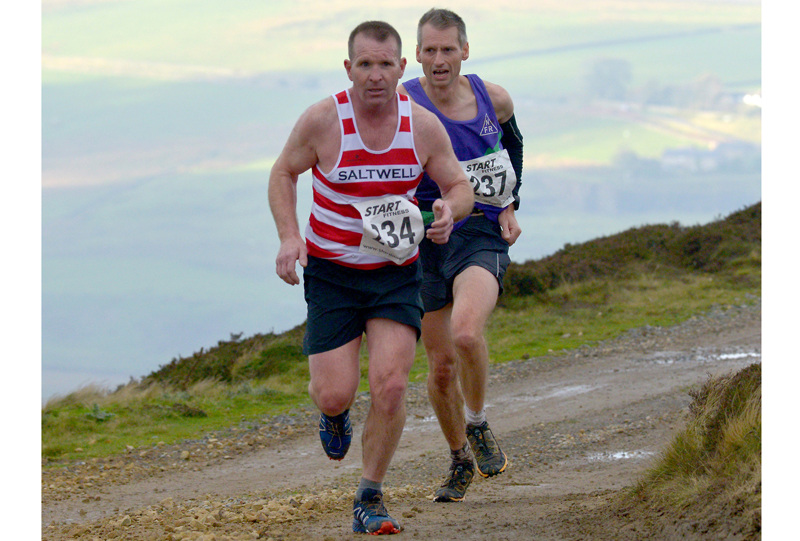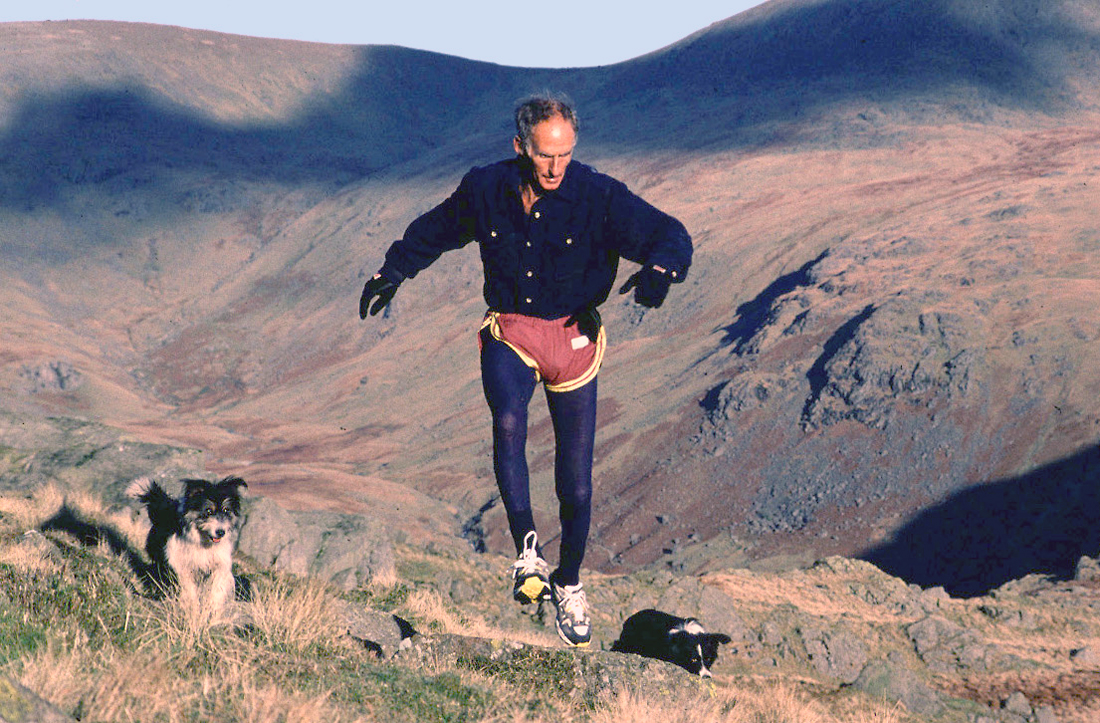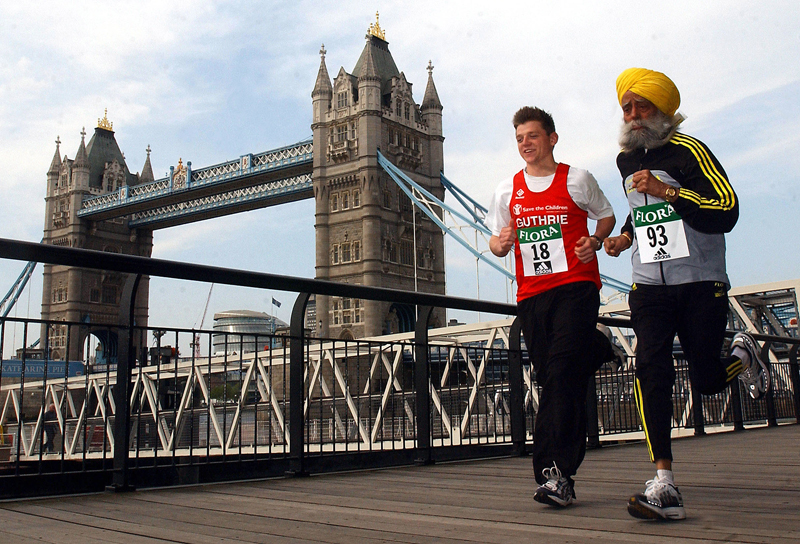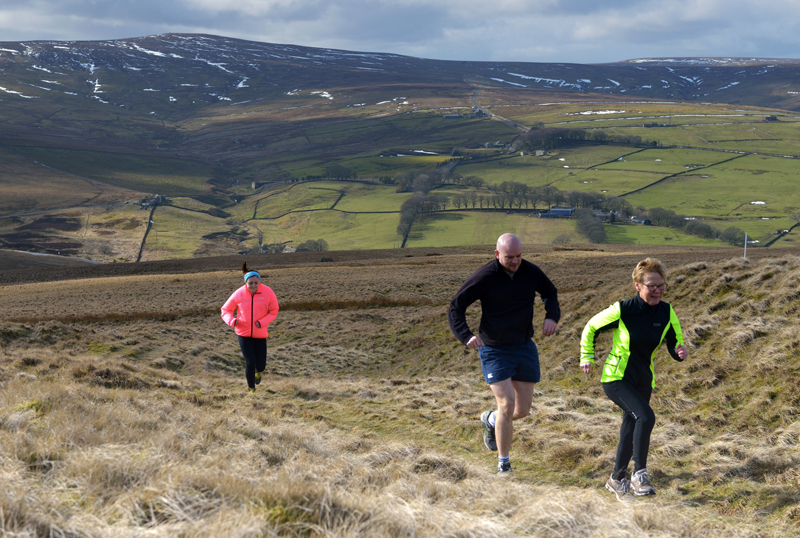Older athletes: weighty matters for knee health

Of all the joints in the body, it’s the knees that take the biggest hammering in most athletes. In runners, the knee joint is subjected to incessant pounding and impact shocks, which are transmitted through the knees. In field sports such as soccer, rugby, hockey and those played on the court such as tennis, squash basketball etc, the impact shocks are compounded by lateral and rotational torsion forces, which further load the structures in the knee.
Given these facts, it’s hardly surprising that knee injuries are the most common non-contact injury suffered by athletes such as soccer players(1) and runners(2). For athletes who suffer a knee injury, it can be a very frustrating experience as the time off training needed for rest and rehab can result in hard-won fitness gains slipping away. In the longer term, there’s more bad news because it’s also known that when knee injuries occur, especially serious injuries such as those to the anterior cruciate ligament (ACL), the risk of developing chronic osteoarthritis in the knee is increased in later years(3).
Understanding osteoarthritis
Osteoarthritis is a multi-factorial chronic disease, with approximately 240 million people worldwide diagnosed with the condition, predominantly knee osteoarthritis. Knee osteoarthritis is most common in the elderly, but can also occur in those who are young or middle-aged, particularly in individuals with a history of obesity(4). While osteoarthritis is most common in the knee joint, it can also affect the hips, hands, spine, and feet, leading to pain, stiffness, functional impairment, and reduced quality of life. For older athletes however, especially those who have a history of previous knee injury, it is the knee joint that is most vulnerable.
Osteoarthritis is characterized by the deterioration of the joints involving the articular cartilage (cartilage present on the joint surface where bones move across each other during movement), as well as the adjacent tissues (see figure 1)(5). In essence, osteoarthritis occurs due to a failure of the balance between destruction and reparation of joint tissue, whereby more tissue is destroyed than regenerated, and that which is regenerated is imperfect. This leads to a decrease in overall cartilage volume, poorer bone remodelling and weakness of the ligaments around the joint(6).
Figure 1: Schematic representation of knee osteoarthritis progression
You need to be logged in to continue reading.
Please register for limited access or take a 30-day risk-free trial of Sports Performance Bulletin to experience the full benefits of a subscription. TAKE A RISK-FREE TRIAL
TAKE A RISK-FREE TRIAL
Newsletter Sign Up
Testimonials
Dr. Alexandra Fandetti-Robin, Back & Body Chiropractic
Elspeth Cowell MSCh DpodM SRCh HCPC reg
William Hunter, Nuffield Health
Newsletter Sign Up
Coaches Testimonials
Dr. Alexandra Fandetti-Robin, Back & Body Chiropractic
Elspeth Cowell MSCh DpodM SRCh HCPC reg
William Hunter, Nuffield Health
Keep up with latest sports science research and apply it to maximize performance
Today you have the chance to join a group of athletes, and sports coaches/trainers who all have something special in common...
They use the latest research to improve performance for themselves and their clients - both athletes and sports teams - with help from global specialists in the fields of sports science, sports medicine and sports psychology.
They do this by reading Sports Performance Bulletin, an easy-to-digest but serious-minded journal dedicated to high performance sports. SPB offers a wealth of information and insight into the latest research, in an easily-accessible and understood format, along with a wealth of practical recommendations.
*includes 3 coaching manuals
Get Inspired
All the latest techniques and approaches
Sports Performance Bulletin helps dedicated endurance athletes improve their performance. Sense-checking the latest sports science research, and sourcing evidence and case studies to support findings, Sports Performance Bulletin turns proven insights into easily digestible practical advice. Supporting athletes, coaches and professionals who wish to ensure their guidance and programmes are kept right up to date and based on credible science.









